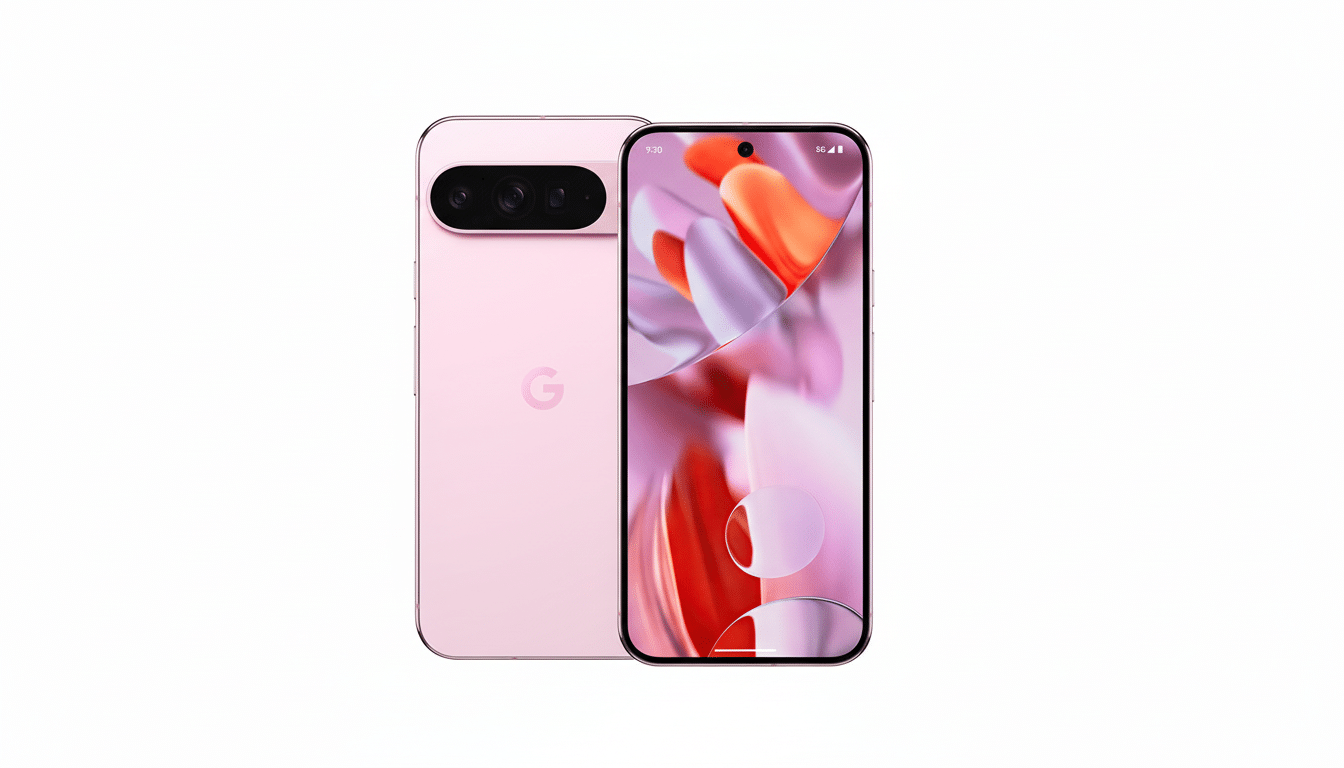US-based Pixel owners are beginning to see an option that’s been years in the making pop up in Settings: the ability to broadcast a 6GHz Wi‑Fi hotspot. The toggle, which was previously grayed out for users in the US, has begun appearing following recent software updates on various models, bringing American Pixels to a level of parity that many overseas users have had access to for months.
What changed on Pixel models to enable 6GHz hotspots
Users with hardware such as the Pixel 9 Pro XL and Pixel 10 series have reported that you can now choose the option to use the band when setting up a hotspot.

For some, the feature was bundled into the latest Android beta, while those on the stable channel report it has quietly appeared without fanfare. That implies it’s not the OS build but rather a server-side flag or firmware setting that’s turning the feature on.
Pixels outside the US have had 6GHz hotspot support for a while. Even though American radios were unchanged, stateside devices were held back, emphasizing that regional rules rather than hardware capabilities dictated the users’ experience. The newly unlocked option doesn’t affect carriers’ tethering policies, or their limits on how much data you can use through a phone’s tethered hotspot, but it does provide smartphone users with an additional lane for local communications that’s often faster than what the carrier sells.
The regulatory backdrop for 6GHz Wi‑Fi hotspot support
The 6GHz band is a gigantic swath of spectrum, part of it from 5925 MHz to 7125 MHz. In the US, this band was opened up by the FCC for unlicensed Wi‑Fi under certain constraints. Low‑Power Indoor (LPI) devices can employ it in indoor situations, whereas Standard Power needs Automated Frequency Coordination (AFC) to prevent harmful interference to incumbent microwave links. More recently, Very Low Power (VLP) operation was allowed for portable devices at limited output power, also under outdoor conditions.
That last category is key. A smartphone serving as a hotspot is, in essence, an access point, which has historically also caused issues with power and interference. With VLP rules, OEMs have a way to support a 6GHz hotspot provided it falls within strict power constraints. Android also includes portions of groundwork for AFC, according to independent operating system analyses; however, the Pixel situation appears likely to depend on LPI or VLP profiles rather than standard‑power AFC.
Or, to put it in simpler terms, the law has now evolved to a point where Google can safely expose the 6GHz toggle for US users without breaking any spectrum rules — at least those covering low power. That may explain why the feature was available elsewhere first and why it has slipped in without a splashy announcement.

What 6GHz hotspot support could mean for US Pixel users
Enjoy cleaner and faster short‑range connections in your favorite dense environments. In the US, the 6GHz band has as much as 1,200 megahertz of spectrum available — which allows for up to seven 160 MHz channels or fourteen 80 MHz channels and provides significantly more space than 5GHz. Interference drops, latency improves, and throughput rises, particularly if your laptop or tablet at the other end of the connection supports Wi‑Fi 6E or Wi‑Fi 7 with wide channels.
- Higher frequencies don’t penetrate walls as well, so range is typically less than 5GHz in many homes.
- Pushing multi‑hundred‑megabit tethering through wide channels can increase battery drain on the phone.
- 6GHz mandates WPA3 security, which is great for privacy but may exclude legacy clients. A contemporary laptop with an Intel AX210/BE200 (or equivalent) will work over 6GHz, but some older tablets might not see the network at all.
Head‑to‑head outdoor testing of 6GHz links can sometimes edge over the gig mark for shorter point‑to‑point links on favorable radios with a clean channel. Hotspots won’t always reach that ceiling because of phone power limits and thermal issues, but they can surpass the congested 2.4GHz and 5GHz options in apartments, hotels, and convention venues.
How to find the 6GHz toggle on Pixels and who can use it
On an eligible Pixel, go to:
- Settings
- Network & Internet
- Hotspot & Tethering
- Wi‑Fi Hotspot
- Find Band or AP Band and select 6GHz if available
If the selection is grayed out, your device, software channel, or region might not be enabled yet. The option will appear only on Pixels with 6GHz‑capable radios (Wi‑Fi 6E or Wi‑Fi 7) and may not be available on some A‑series devices.
Carriers can’t universally disable 6GHz band selection, but they can enforce tethering limits. The new toggle will not circumvent plan limits, VPN restrictions, or hotspot data buckets. For best results, keep the phone plugged in, maintain line‑of‑sight to your client device, and select WPA3.
What to watch next as 6GHz hotspots roll out on Android
This soft onset of activity could be an early indicator that broader support for 6GHz hotspots may be in the works across Android as more OEMs begin to play along with VLP and AFC requirements. And when Wi‑Fi 7 starts to land in high‑end phones and laptops with multi‑link operation, in theory 6GHz tethering should become even more robust. For now, the real win is that it’s an easy option for US Pixel owners to finally use a faster, cleaner hotspot where it matters most: dense, interference‑heavy areas.

